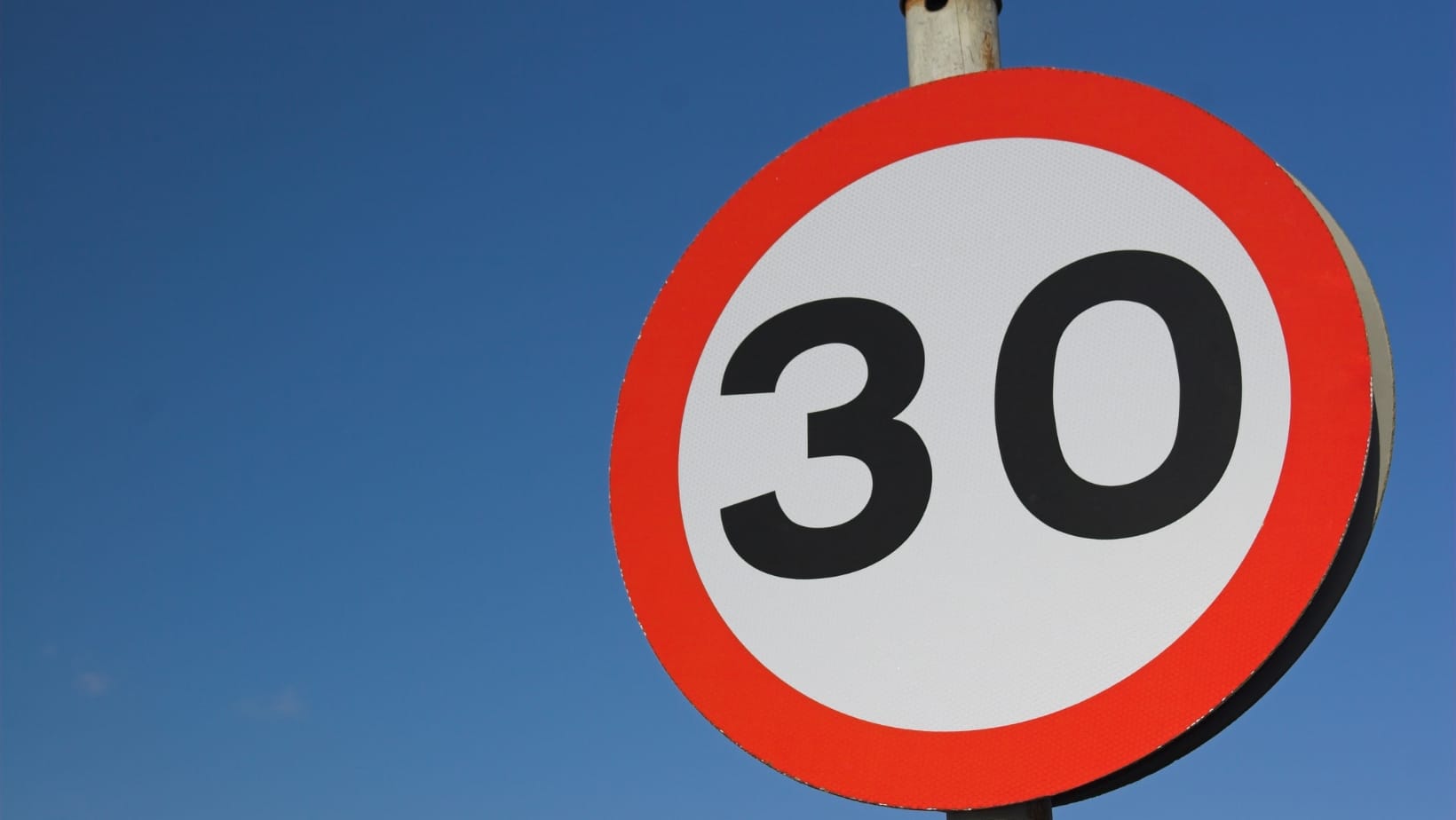Government Orders Speed Limit Review for Towns and Cities Across Ireland
Local authorities directed to review urban speed limits with 30km/h zones to be operational by March 2027.

Local authorities have been directed to introduce 30 km/h speed limits on urban roads across Ireland by March 2027, with Cork already ahead of the curve in implementing safer speeds.
Minister for Transport Darragh O'Brien issued the directive today, 16th October 2025, requiring councils to review existing speed limits on roads in built-up and urban areas. The move aims to protect vulnerable road users, including pedestrians, cyclists and children.
The initiative forms part of the Government's Road Safety Strategy Phase 2 Action Plan for 2025 to 2027, published in July this year. The strategy targets a 50% reduction in deaths and serious injuries on Irish roads by 2030.
Minister O'Brien said:
"The Government's Road Safety Strategy guides Ireland towards Vision Zero, aiming to halve fatalities and serious injuries on our roads by the end of this decade. Making this vision a reality means we need to work together to increase protection for all, but particularly vulnerable road users. Having lower speed limits in built-up and urban areas will greatly improve road safety, especially for those who walk, scoot or cycle."
The Minister highlighted recent investment in road infrastructure, including reallocating street space for pedestrians, crossing facilities and cycling facilities. He noted that lower speed limits will encourage more people to choose active travel, a critical component of Ireland's Climate Action Plan.
Cork City already operates 30km/h speed limits in parts of the city, alongside Dublin City, Limerick City, Galway City, Dundalk and Dun Laoghaire-Rathdown County Council. Over the past decade, local authorities have also introduced 30km/h limits in many housing estates with Department of Transport funding.
Minister of State for Road Safety Seán Canney said:
"The Government's Road Safety Strategy sets out to reduce speeds to safe, appropriate levels for the roads being used, and the people using them. We know that the risk of being killed or seriously injured is much greater when a car and a vulnerable road user collide at 50 km/h, compared to the same type of collision at 30 km/h. This is why protecting vulnerable road users is a key focus in setting speed limits."
The Government has allocated €20 million in funding for local authorities to support the changes, including purchasing and installing new poles and signs.
Speed limit changes will be implemented through the adoption of special speed limit bye-laws, which is a reserved function of local authorities. Each council will hold a statutory public consultation process, allowing the public and stakeholders to make representations to local authorities and elected members.
Changes can only be made where a majority of elected members in a local authority vote in favour. The new speed limits will come into effect on dates specified by each local authority in their bye-laws, with appropriate signage installed at relevant locations.
The Department of Transport works closely with An Garda Síochána and other stakeholders to ensure speed limits are enforced. Exceeding the stated limit will be an offence.
For information on speed limits, visit gov.ie/speedlimits. For information on changes in your local area, contact your local authority at localgov.ie/find-my-local-authority.